BoC left overnight rate target unchanged at 1.75% as widely expected. But Canadian Dollar trades generally lower as the statement is more dovish than expected. Firstly, 2020 and 2021 GDP growth forecasts are revised down. Secondly, BoC warned that “resilience of Canada’s economy will be increasingly tested as trade conflicts and uncertainty persist”, And, the central bank will monitor the “extent to which the global slowdown spreads beyond manufacturing and investment”. For Canada, focuses will be on “consumer spending and housing activity”.
BoC now projects GDP to growth 1.5% in 2019, 1.7% in 2020 and 1.8% in 2021. For 2019, growth projection was revised up from July projection of 1.3%. However, they’re notably lower than “about 2 percent in 2020 and 2021” as said in July statement. Inflation estimates are unchanged though. BoC said “CPI inflation likely will dip temporarily in 2020 as the effect of a previous spike in energy prices fades”. But, the “Bank expects inflation to track close to the 2 percent target over the projection horizon.”
Full statement below.
Bank of Canada maintains overnight rate target at 1 ¾ per cent
The Bank of Canada today maintained its target for the overnight rate at 1 ¾ percent. The Bank Rate is correspondingly 2 percent and the deposit rate is 1 ½ percent.
The outlook for the global economy has weakened further since the Bank’s July Monetary Policy Report (MPR). Ongoing trade conflicts and uncertainty are restraining business investment, trade, and global growth. A growing number of countries have responded with monetary and other policy measures to support their economies. Still, global growth is expected to slow to around 3 percent this year before edging up over the next two years. Canada has not been immune to these developments. Commodity prices have fallen amid concerns about global demand. Despite this, the Canada-US exchange rate is still near its July level, and the Canadian dollar has strengthened against other currencies.
Growth in Canada is expected to slow in the second half of this year to a rate below its potential. This reflects the uncertainty associated with trade conflicts, continuing adjustment in the energy sector, and the unwinding of temporary factors that boosted growth in the second quarter. Business investment and exports are likely to contract before expanding again in 2020 and 2021. At the same time, government spending and lower borrowing rates are supporting domestic demand, and activity in the services sector remains robust. Employment is showing continuing strength and wage growth is picking up, although with some variation among regions. Consumer spending has been choppy, but will be supported by solid income growth. Meanwhile, housing activity is picking up in most markets. The Bank continues to monitor the evolution of financial vulnerabilities in light of lower mortgage rates and past changes to housing market policies.
The Bank projects real GDP will grow by 1.5 percent this year, 1.7 percent in 2020 and 1.8 percent in 2021. This implies that the current modest output gap will narrow over the projection horizon. Measures of inflation are all around 2 percent. CPI inflation likely will dip temporarily in 2020 as the effect of a previous spike in energy prices fades. Overall, the Bank expects inflation to track close to the 2 percent target over the projection horizon.
All things considered, Governing Council judges it appropriate to maintain the current level of the overnight rate target. Governing Council is mindful that the resilience of Canada’s economy will be increasingly tested as trade conflicts and uncertainty persist. In considering the appropriate path for monetary policy, the Bank will be monitoring the extent to which the global slowdown spreads beyond manufacturing and investment. In this context, it will pay close attention to the sources of resilience in the Canadian economy – notably consumer spending and housing activity – as well as to fiscal policy developments.




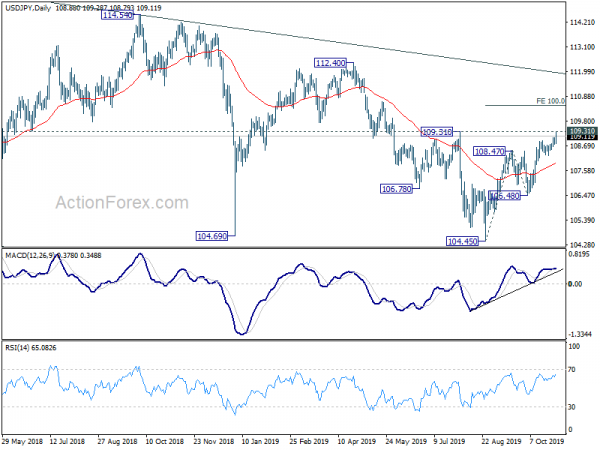

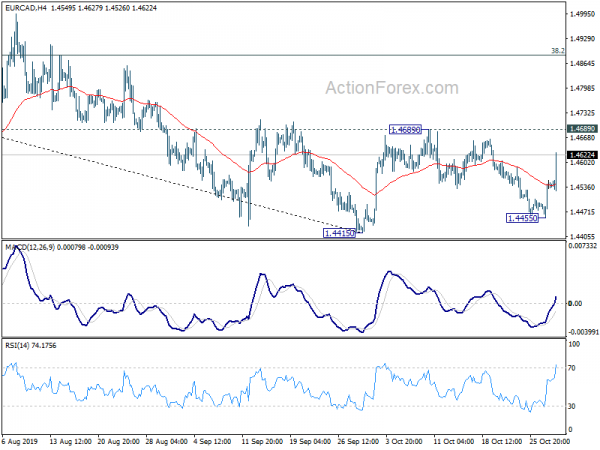
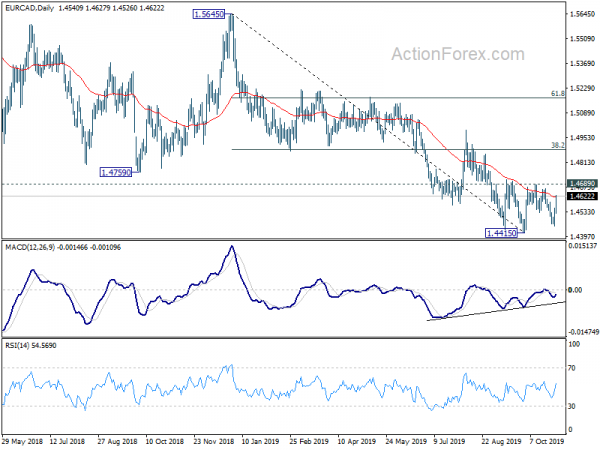
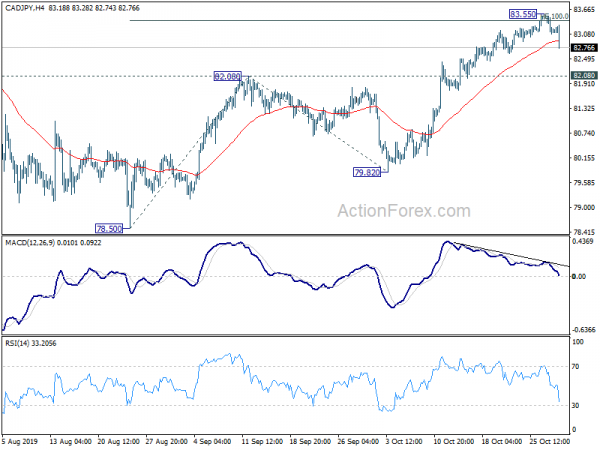
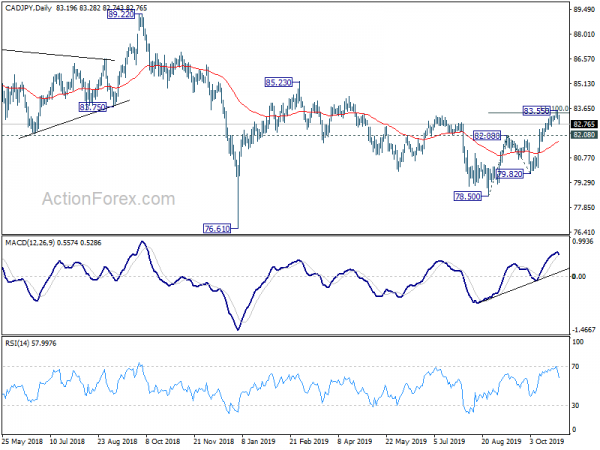
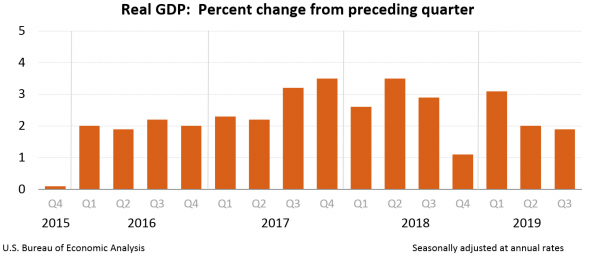
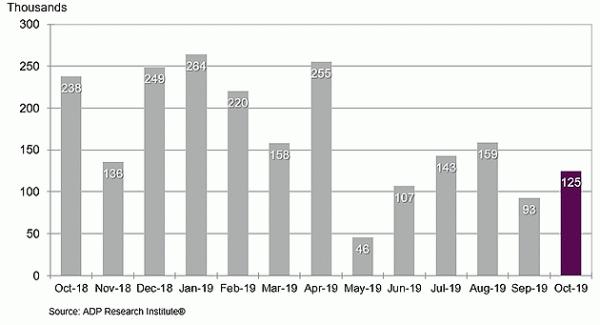
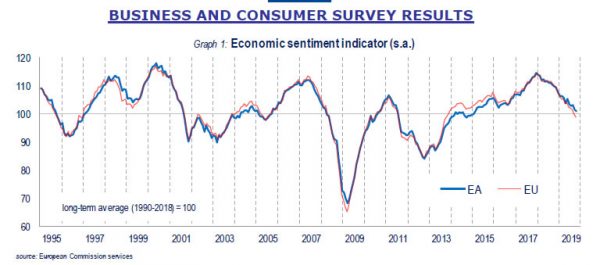
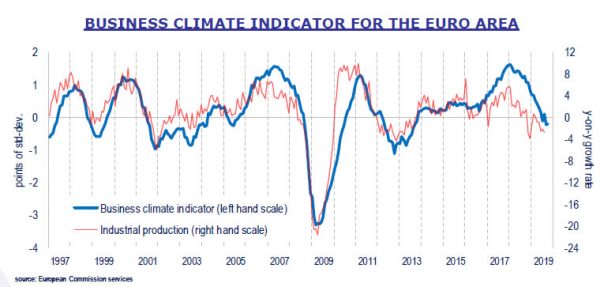
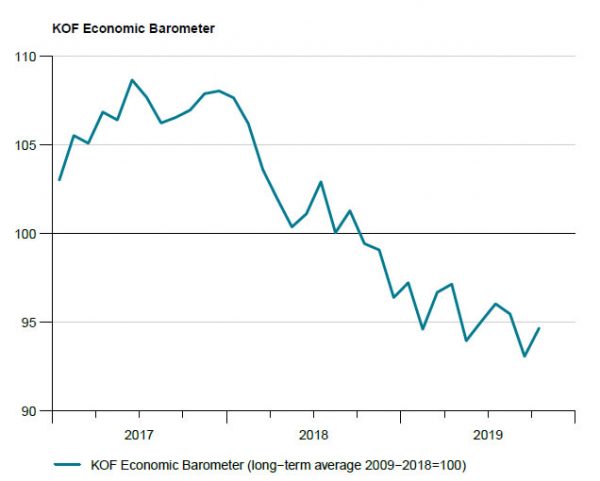
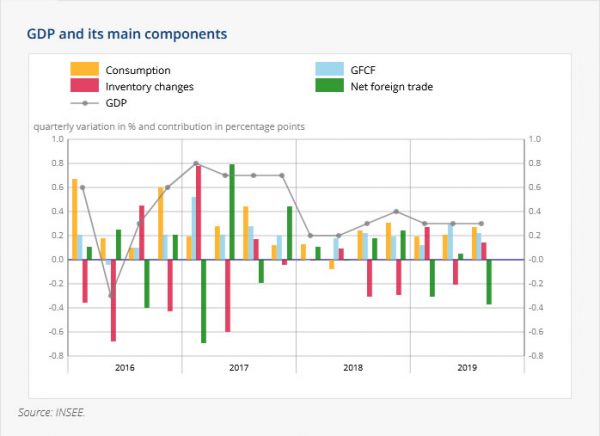
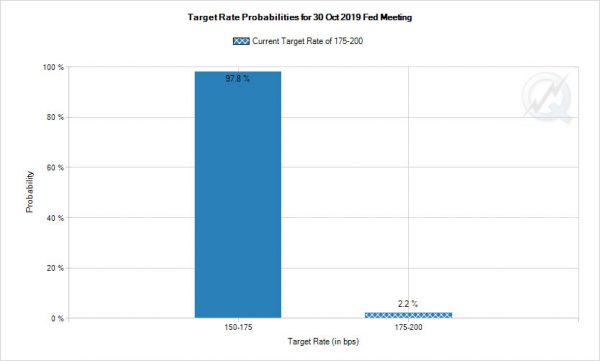

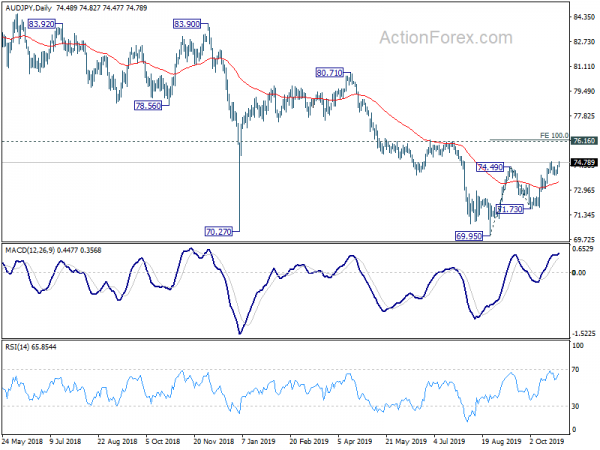

Dollar bears took control as Fed’s pause seen as non-committal
After some post FOMC volatility, Dollar bears took over the markets overwhelmingly and sent the greenback sharply lower. The key takeaway was that while Fed Chair Jerome Powell indicated a pause after overnight’s rate cut to 1.50-1.75%, he was non-committal. There was a brief lift to Dollar as he said “monetary policy is in a good place”, and it would take a “material reassessment” of the outlook for considering another rate cut again.
However, Powell did stick to script that current stance of monetary policy is likely to “remain appropriate as long as incoming information about the economy remains broadly consistent with our outlook.” It’s also mentioned in the statement the timing of future adjustments will be based on “realized and expected economic condition”, taking in to account “a wide range of information” including domestic job and inflation data, as well ass international developments. That is, Fed is maintaining a highly data-dependent approach, without closing the door for further cuts.
Trade development is something that Fed will closely monitor. Powell said “We have that Phase One potential agreement with China which, if signed and put into effect, could have the effect of reducing trade tensions and reducing uncertainty. That would bode well for business confidence and perhaps activity over time.” If the economy was to experience “a sustained reduction in trade tensions, a broad reduction in trade tensions, and a resolution of these uncertainties, that would bode well for business sentiment.
Dollar index’s decline overnight raises the chance of rejection below 55 day EMA (now at 98.13). Focus would be back on 97.14 low immediately. Break will resume the fall from 99.66. If that happens, DXY cold also finally take out 55 wee EMA decisively too. that would be a rather bearish medium term development that should send the index back to 95.84 support at least.